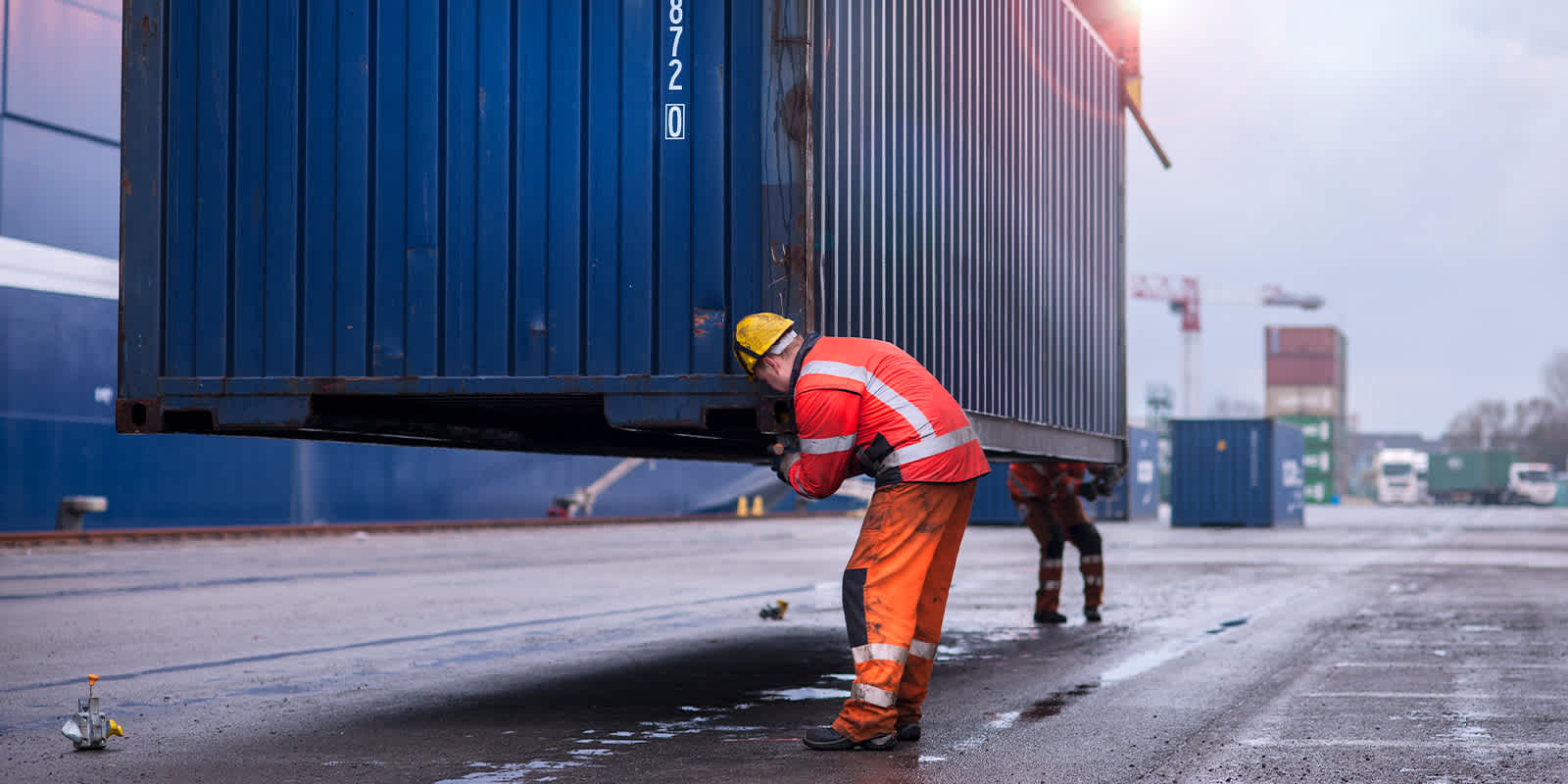
November 19, 2020
Global Equipment Shortage Gums Up the Supply Chain
Global Equipment Shortage Gums Up the Supply Chain
It seems businesses that import haven’t faced enough challenges this year. As 2020 winds down, the movement of freight is being hampered by a dramatic shortage of containers, when and where needed. And with that has come spiking freight rates and shipment delays due to a perfect storm of record volumes, congestion, insufficient supplies of chassis, and issues stemming from the impact of COVID-19. Given that conditions are likely to persist for a while longer, understanding the prevailing situation can help shippers better prepare for what lies ahead.
Currently, all major carriers are coming up short on containers at Asian ports, especially in China, Vietnam, and India. The problem is most prevalent with 40 high cube and 40-foot standard containers.
Ironically, in some cases, it can be easier to get space than to get equipment. Jan Hinz, Flexport Head of North American Ocean Freight told FreightWaves, “We have heard anecdotal reports out of Asia that some ships are sailing with open slots simply because there is no equipment—even though there’s demand to fill the containers.”
The Root of the Issue
At the start of the year, demand was high. But as the pandemic spread, demand dropped off, leaving a dent in the first half of the year. As a result, carriers believed they had a surplus of equipment, which diluted any urgency to place orders for more containers. Then, opportunities to lease boxes vanished. Adding to the problem: As containers age, they get scrapped, with 6-8% taken out of service each year. So, when the sluggish demand from the beginning of the year sputtered back to life, the industry found itself with fewer available containers than when the year began.
Carriers are prioritizing by yield, which varies—not all tradelanes are affected equally—as the table below reflects (e.g. distances are rough numbers and it depends on which routing a carrier takes, etc.). Other variables: container dwell time, demand and price for exports at the destination, port congestion, the type of contract a shipper has, and others. Also, Shanghai Shipping Exchange (SCFI) TPEB rates are inclusive of destination terminal handling charges (DTHC), which run about $200-300USD/TEU; others are excluding DTHC. Nevertheless, these numbers are quite telling: Rates to Europe are going to increase very soon and very significantly.

In addition, many ports in the US, Canada, Australia, New Zealand, and the UK have been experiencing heavy congestion. As a result vessels are not reaching ports when scheduled—at times seeing delays of 10-plus days. Containers that should be teed up for unloading are instead sitting on ships, waiting for berths at port to become available.
To help reposition empty containers faster, ocean carriers have stopped accepting some US and EU Export bookings (especially the ones that require additional free time or have very long transit times) and instead ship them back to Asia empty.
But beyond waiting it out, businesses do have other options to consider to keep supply chains running. Following are some alternative solutions that may work for you.
Four Ways to Keep Things Moving
- Explore other container types beyond the usual. For instance, 20-foot equipment is available in most areas‚—and 45-foot can be a good choice in other locations. Non-operating reefers (NORs)—essentially, dry reefer containers for cargo that doesn’t need to be refrigerated—are additional options.
- Consider loading at larger ports where there is likely to be more available equipment. Empty containers often arrive at the larger ports before reaching smaller locales that are only accessible via feeder vessels. For example:
- Shanghai over Nantong or Wuhu or other Yangtze river ports
- Shenzhen over Guangzhou (Huangpu, Zhonsghan, etc.)
- Use premium ocean services that can guarantee equipment availability at origin.
- Ship LCL and take advantage of the power in numbers. For instance, Flexport offers a premium guaranteed service on sailings out of Asia. Its client-only LCL network spans hundreds of nodes across the world.
While the severe equipment shortage is not expected to last forever, FreightWaves reports that container manufacturers are overwhelmed with orders and sold out through the beginning of 2021. To learn more about how to maneuver this turbulent ocean market, watch the recent webinar, Ocean Market Storm: Is It The New Norm?



